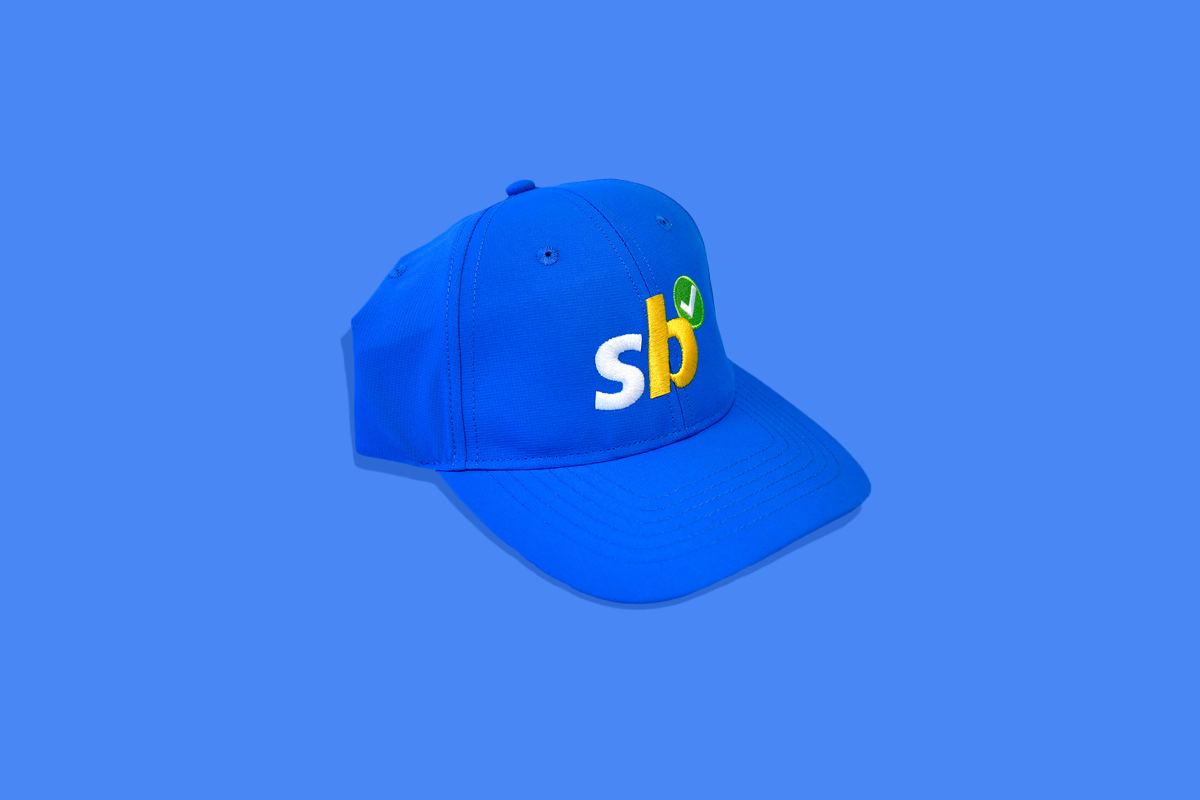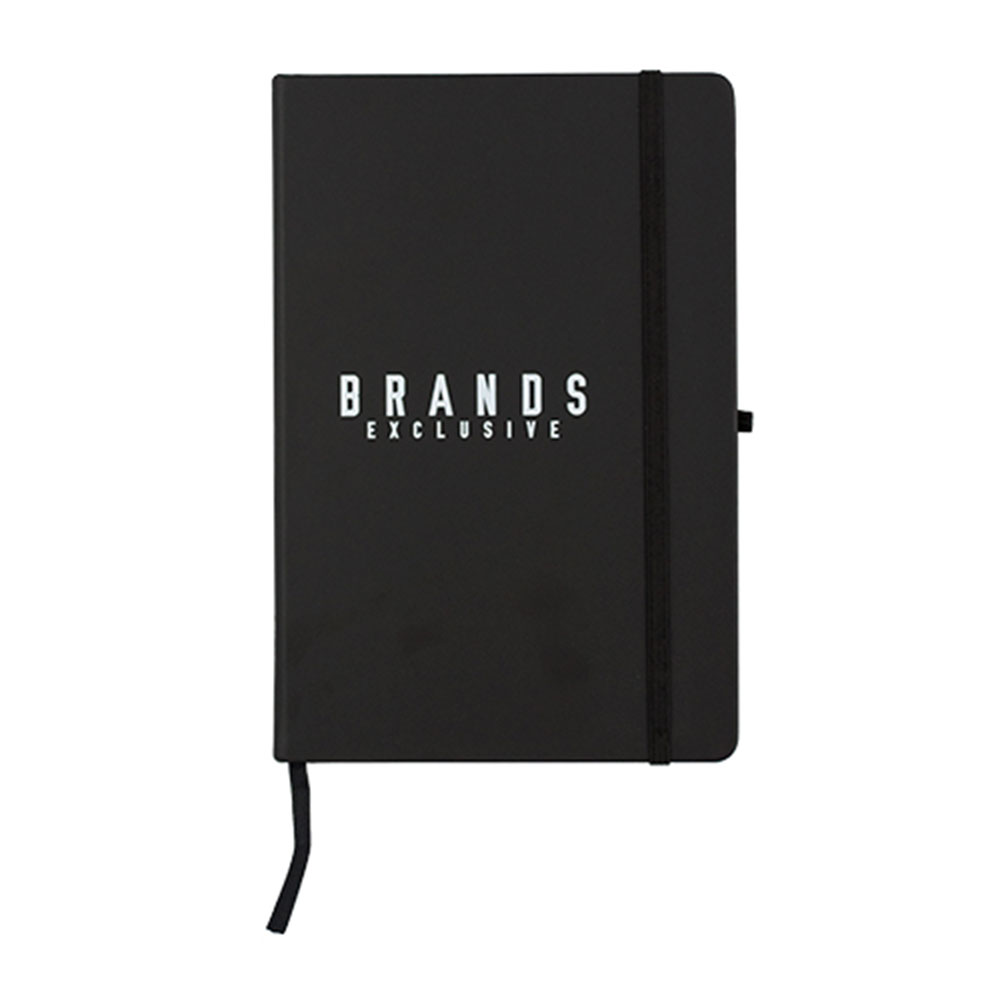Description
This handy medium-sized (approximately A5) notebook features a hard thermo PU cover that doubles as a phone stand. A natural bamboo panel on the flyleaf acts as the base of the phone stand. Atoll has 80 leaves (160 pages) of 70gsm lined cream paper and has a black bookmark ribbon and elastic pen loop.
Cover Type: Hard
Size: Medium
Page Colour: Cream
Page Edges: Round
Binding Method: Case
Leaves: 80
Page Weight: 70gsm
Approx. Cover Thickness: 2.5mm
Page Design: Lined
Note: Bamboo is a natural material which produces unavoidable variances in the grain pattern, colour and branding.
Country Of Origin: China
Loose packed
Dimensions:
W 130mm x H 211mm x 15mm
Additional information
| Decoration | 1 Colour 1 Location Pad Print, 1 Colour 1 Location Screen Print, 1 Colour 2 Location Pad Print, 1 Colour 2 Location Screen Print, 1 Colour 3 Location Pad Print, 1 Location Thermo Debossing, 2 Colour 1 Location Pad Print, 2 Colour 1 Location Screen Print, 2 Colour 2 Location Pad Print, 2 Colour 2 Location Screen Print, 2 Colour 3 Location Pad Print, 2 Location Thermo Debossing, 3 Colour 1 Location Pad Print, 3 Colour 1 Location Screen Print, 3 Colour 2 Location Pad Print, 3 Colour 2 Location Screen Print, 3 Colour 3 Location Pad Print, Laser Engraving, Thermo Debossing XL |
|---|---|
| Colour | Grey |
| Material | Bamboo Colour, Offset Paper, Polyurethane (PU) |
| Production Time | 2 Weeks Production Time |
Our guarantee
All of our products are fully guaranteed to work, look and feel as designed.
Our most highly regarded company value at Good Things is integrity. We do what we say we are going to do in a timely fashion. We get "Back in a Flash" to all our clients for quotes, artwork and samples.
It is essential in our industry - from meeting delivery deadlines, through to having a product match a sample when delivered to each minute detail.
When dealing with us you can expect to get exactly what you ordered: as agreed, and on time. That is the Good Things Guarantee.
Product reviews
Atoll Notebook

99.4% jobs
delivered on-time

Free graphic
design

Quotes within
24 hours
Get an instant quote
Description
This handy medium-sized (approximately A5) notebook features a hard thermo PU cover that doubles as a phone stand. A natural bamboo panel on the flyleaf acts as the base of the phone stand. Atoll has 80 leaves (160 pages) of 70gsm lined cream paper and has a black bookmark ribbon and elastic pen loop.
Cover Type: Hard
Size: Medium
Page Colour: Cream
Page Edges: Round
Binding Method: Case
Leaves: 80
Page Weight: 70gsm
Approx. Cover Thickness: 2.5mm
Page Design: Lined
Note: Bamboo is a natural material which produces unavoidable variances in the grain pattern, colour and branding.
Country Of Origin: China
Loose packed
Dimensions:
W 130mm x H 211mm x 15mm
Additional information
| Decoration | 1 Colour 1 Location Pad Print, 1 Colour 1 Location Screen Print, 1 Colour 2 Location Pad Print, 1 Colour 2 Location Screen Print, 1 Colour 3 Location Pad Print, 1 Location Thermo Debossing, 2 Colour 1 Location Pad Print, 2 Colour 1 Location Screen Print, 2 Colour 2 Location Pad Print, 2 Colour 2 Location Screen Print, 2 Colour 3 Location Pad Print, 2 Location Thermo Debossing, 3 Colour 1 Location Pad Print, 3 Colour 1 Location Screen Print, 3 Colour 2 Location Pad Print, 3 Colour 2 Location Screen Print, 3 Colour 3 Location Pad Print, Laser Engraving, Thermo Debossing XL |
|---|---|
| Colour | Grey |
| Material | Bamboo Colour, Offset Paper, Polyurethane (PU) |
| Production Time | 2 Weeks Production Time |
Our guarantee
All of our products are fully guaranteed to work, look and feel as designed.
Our most highly regarded company value at Good Things is integrity. We do what we say we are going to do in a timely fashion. We get "Back in a Flash" to all our clients for quotes, artwork and samples.
It is essential in our industry - from meeting delivery deadlines, through to having a product match a sample when delivered to each minute detail.
When dealing with us you can expect to get exactly what you ordered: as agreed, and on time. That is the Good Things Guarantee.
 Australian-Owned
Australian-Owned






























